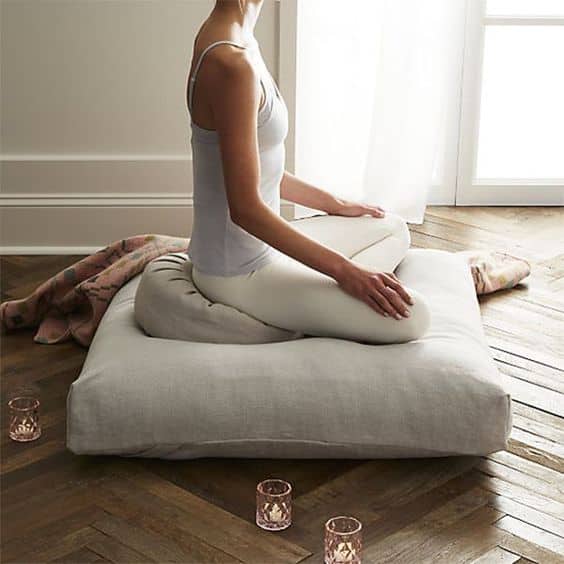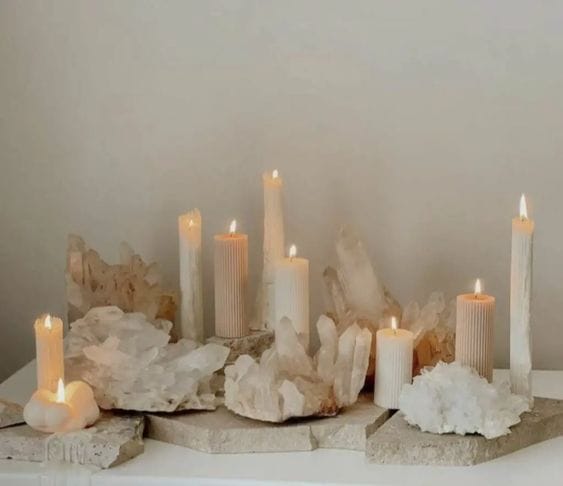In today’s fast-paced world, finding moments of peace and tranquility is more important than ever. Creating a meditation room in your home can provide a dedicated space for mindfulness, relaxation, and reflection. Whether you have an entire room to spare or just a small corner, here are some tips to help you design a meditation space that nurtures your mind, body, and soul.
Selecting a soothing color palette is essential for creating a tranquil atmosphere. Soft, neutral tones like beige, pale blue, or sage green can help promote relaxation and calmness. Avoid bright or stimulating colors, as they can be distracting during meditation.


Comfort is key when it comes to meditation. Choose a comfortable cushion or mat to sit on, such as a zafu or meditation bench. Add a cozy throw or blanket for extra warmth and comfort during longer meditation sessions.
Bringing elements of nature into your meditation room can enhance the sense of tranquility. Consider adding plants, a small indoor fountain, or natural materials like wood and stone to create a peaceful environment.
A clutter-free environment can help clear your mind and promote a sense of calm. Keep the decor simple and minimal, with only essential items in the room. Consider adding a small shelf or storage basket to keep meditation aids like cushions, candles, or incense neatly organized.


Soft, diffused lighting can create a calming ambiance in your meditation room. Consider using candles, Himalayan salt lamps, or soft LED lights to create a warm, inviting atmosphere. Natural light is also ideal, so if possible, choose a room with a window for your meditation space.
Make your meditation room a reflection of your personality and interests. Add personal touches like inspirational quotes, meaningful artwork, or items that hold special significance to you. These personal touches can make your meditation practice more meaningful and enjoyable.
While some prefer silence during meditation, others find gentle music or nature sounds to be calming. Experiment with different sounds and music to find what works best for you. Consider adding a small speaker or sound machine to your meditation room to enhance the auditory environment.
Lastly, ensure that your meditation room remains a peaceful sanctuary free from distractions. Consider setting boundaries with family members or roommates to minimize interruptions during your meditation practice. Use this space as a retreat from the outside world, where you can fully focus on your mindfulness practice.
Creating a meditation room in your home can provide a dedicated space for relaxation, reflection, and inner peace. By following these tips, you can design a meditation space that nurtures your mind, body, and soul, allowing you to fully immerse yourself in your mindfulness practice.
This website uses cookies.